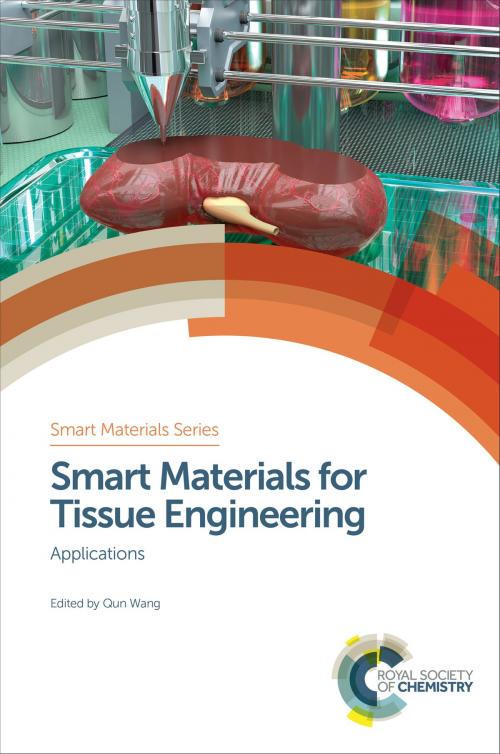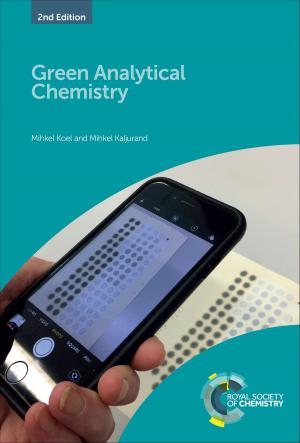Smart Materials for Tissue Engineering
Applications
Nonfiction, Science & Nature, Science, Biological Sciences, Biochemistry, Biotechnology, Technology| Author: | Maria Vamvakaki, Stephen F. Badylak, Qiang Zhao, Jeffery L. Coffer, Xiaoyang Xu, Zhiqiang Cao, Chenjie Xu, Lobat Tayebi, Toshiharu Shinoka, Hao Cheng, Smadar Cohen, Qun Wang, Zhen Gu, Surya Mallapragada, Minglin Ma, Bozhi Tian, Hu Zhang, John A. Jansen, Michael V. Sofroniew, Min Wang, Hongkai Wu, Shan-hui Hsu, Michael A. Daniele, Hans-Jorg Schneider, Mohsen Shahinpoor | ISBN: | 9781788011303 |
| Publisher: | Royal Society of Chemistry | Publication: | May 3, 2017 |
| Imprint: | Royal Society of Chemistry | Language: | English |
| Author: | Maria Vamvakaki, Stephen F. Badylak, Qiang Zhao, Jeffery L. Coffer, Xiaoyang Xu, Zhiqiang Cao, Chenjie Xu, Lobat Tayebi, Toshiharu Shinoka, Hao Cheng, Smadar Cohen, Qun Wang, Zhen Gu, Surya Mallapragada, Minglin Ma, Bozhi Tian, Hu Zhang, John A. Jansen, Michael V. Sofroniew, Min Wang, Hongkai Wu, Shan-hui Hsu, Michael A. Daniele, Hans-Jorg Schneider, Mohsen Shahinpoor |
| ISBN: | 9781788011303 |
| Publisher: | Royal Society of Chemistry |
| Publication: | May 3, 2017 |
| Imprint: | Royal Society of Chemistry |
| Language: | English |
In the last couple of decades, research in the area of tissue engineering has witnessed tremendous progress. The focus has been on replacing or facilitating the regeneration of damaged or diseased cell, tissue or organs by applying a biomaterial support system, and a combination of cells and bioactive molecules. In addition new smart materials have been developed which provide opportunities to fabricate, characterize and utilize materials systematically to control cell behaviours and tissue formation by biomimetic topography that closely replicate the natural extracellular matrix. Following on from Smart Materials for Tissue Engineering: Fundamental Principles, this book comprehensively covers the different uses of smart materials in tissues engineering, providing a valuable resource for biochemists, materials scientists and biomedical engineers working in industry and academia.
In the last couple of decades, research in the area of tissue engineering has witnessed tremendous progress. The focus has been on replacing or facilitating the regeneration of damaged or diseased cell, tissue or organs by applying a biomaterial support system, and a combination of cells and bioactive molecules. In addition new smart materials have been developed which provide opportunities to fabricate, characterize and utilize materials systematically to control cell behaviours and tissue formation by biomimetic topography that closely replicate the natural extracellular matrix. Following on from Smart Materials for Tissue Engineering: Fundamental Principles, this book comprehensively covers the different uses of smart materials in tissues engineering, providing a valuable resource for biochemists, materials scientists and biomedical engineers working in industry and academia.















